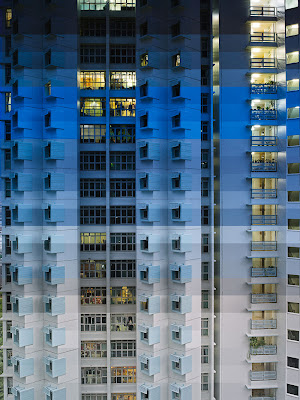Charles Marville – Photographer of Paris
Charles Marville was born in the year 1816, and died at the age of 55 in 1879. He was originally trained as a painter, engraver, and illustrator, later on in his life, he became known as a landscape and architecture photographer. He traveled to Italy, Germany, and Algeria and used both paper and glass plate negatives. In the late 1850s the city of Paris commissioned Marville to document the ancient quarters of the city before encroaching urban modernization changed them forever. He photographed renovations and new construction, including the new Paris Opéra. Marville was also commissioned by the Musée du Louvreto make reproductions of artworks in their collection. He was named official photographer of Paris in 1862.
Unfortunately, there is not much information on his life other than the impressive body of work he left behind. Sometime in the 1850s Charles Marville was asked to document the old quarters of the French capital by the government's Commission for Monumental Historical Monuments. He purposely took the photographs of Paris's architecture and streets scenes when it was raining, so that the soft diffused light mixed with the rain on the cobblestone produced a picturesque image that elicited a feeling of perfection. One of Charles Marville's good friends was Blanquart-Evrard and through the years he published many of Charles Marville's images, including a group of his negatives of France and Germany in the album Art Religieux in 1854.
Marville’s most accomplished work was the album of 400 images of roads condemned by Baron Georges-Eugène Haussmann’s restructuring of Paris, for example Rue des Prêtres-St-Séverin (5e Arrondissement). At the request of the municipality, he took a systematic census of them before their demolition . Ten years later, he returned to the same sites where he was again commissioned to photograph the new main roads in order to present Haussmann’s Paris at the Exposition Universelle of 1878.








































